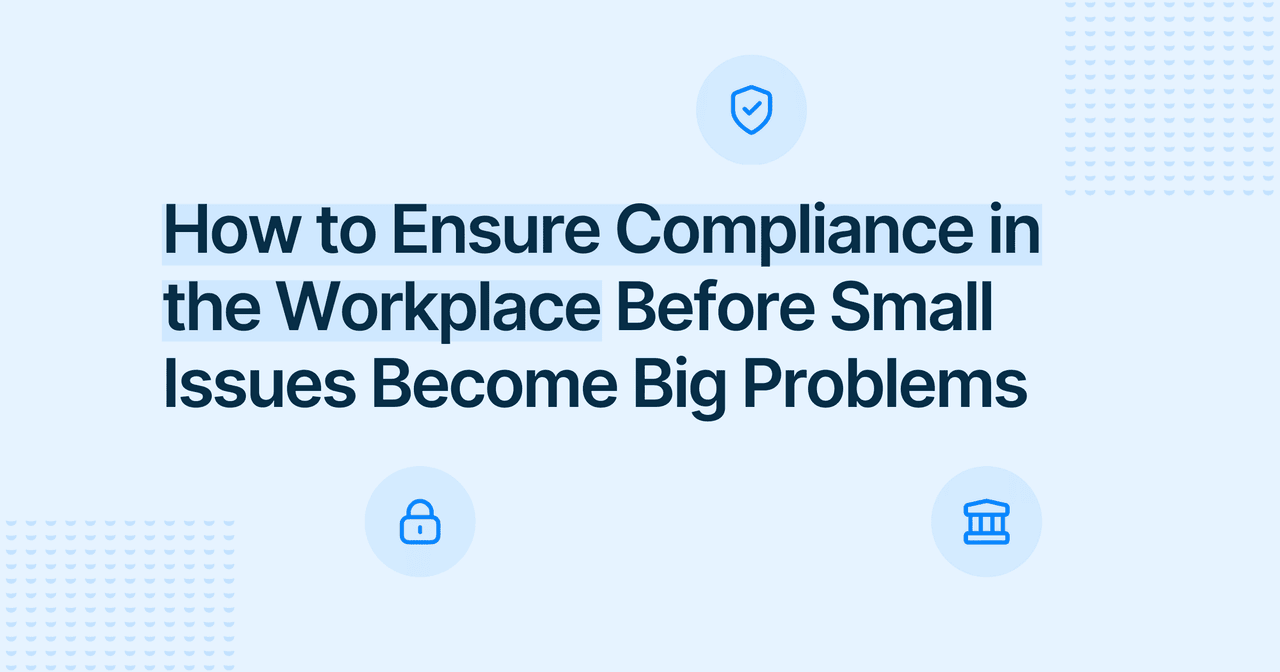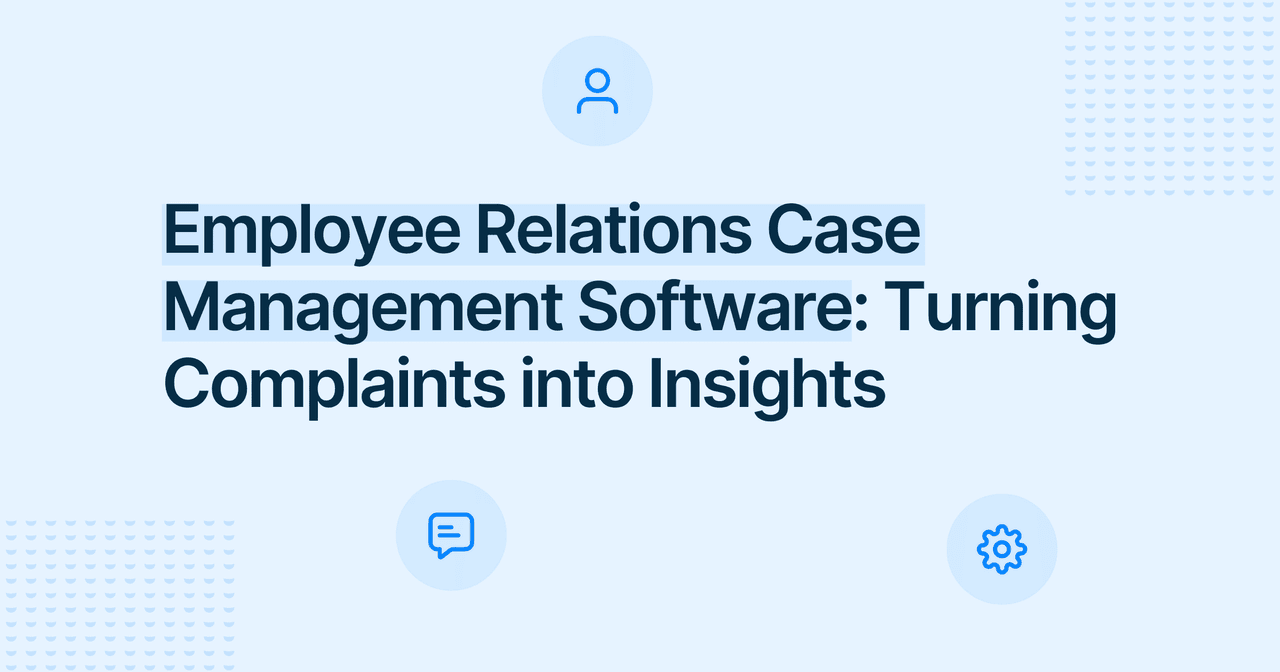



Discover the benefits of a transparent organization!
Try our free platform and strengthen the culture of openness in your team.
Workplace Environment

Yeva Bartkiv
Copywriter
Published
2025-05-26
Reading time
5 min


Table of contents
Subscribe to our newsletter
Let’s face it: workplace surveys have a bit of a reputation problem. You know the drill - the HR department sends out a company survey, and half the respondents roll their eyes, answer “neutral” to every question, and hit submit just to make the reminders stop. The result? Lukewarm survey results that leave you guessing and leaders wondering what went wrong.
But it doesn’t have to be that way.
Done right, employee engagement surveys are a goldmine of insight. They can improve morale, reduce turnover, and shape a company culture people actually want to be part of. The trick? Getting honest feedback and measuring employee engagement - and lots of it.
Here’s how to do just that (with a little help from a platform like FaceUp).

Imagine filling out a survey where the demographic questions basically out you to your manager. Yeah, no thanks. That’s why anonymity isn’t a nice-to-have - it’s everything.
To boost your response rate and get honest answers:
And remember, if trust is the soil, then honest feedback is the crop. No trust? No truth.
There are few things worse than a 50-question corporate questionnaire that feels like a personality test. Want better survey results? Respect your employees' time.
FaceUp lets you customize everything from survey questions to layout, so you can get the insights you need without boring your people to death.
The survey process doesn’t begin when someone clicks a link - it starts when you build the buzz. If people believe their survey feedback disappears into a black hole, your response rate will be about as impressive as your office ping pong tournament turnout.
FaceUp offers real-time dashboards, so you can spot patterns early and keep respondents in the loop.

Harvard Business Review once said, "If you're not going to act on survey results, don't bother doing them." Okay, maybe they said it more academically, but the point stands.
FaceUp even allows for two-way anonymous follow-up - so employees can elaborate on their feedback and leaders can ask clarifying questions.
Mutual of Omaha, a prominent U.S. insurance and financial services company, recognized the critical role of employee engagement in delivering on their promises to customers. In 2020, they identified a need to improve organizational clarity, particularly concerning the company's future plans.
To address this, Mutual of Omaha conducted comprehensive employee engagement surveys. These surveys aimed to pinpoint areas of focus and opportunities for improvement. The results were encouraging: favorability scores increased across all employee levels, with the Senior Vice President group experiencing a significant 22% rise over the previous year.
Beyond surveys, the company took actionable steps to enhance the employee experience. They revamped their virtual onboarding process and integrated diversity and inclusion initiatives to align with their supportive culture. Additionally, in response to the evolving work environment post-pandemic, Mutual of Omaha utilized pulse surveys to gather employee preferences, leading to effective hybrid work arrangements that catered to employees' needs.
This case underscores the power of actively listening to employee feedback and implementing meaningful changes. By doing so, Mutual of Omaha not only improved engagement scores but also strengthened their organizational culture and adaptability.
Conducting employee satisfaction surveys isn’t just a task - it’s a tool for decision-making, cultural clarity, and long-term retention. But only if you do it right.
Before you even ask how much do employee engagement surveys cost, consider the value of doing them well: improved morale, better retention, and data you can actually act on.
By improving your survey design, building trust, communicating purposefully, and following through on feedback, you transform workplace surveys from a dreaded chore into a strategic superpower.
So next time you're thinking about how to conduct employee surveys, start with one question:
Do your people trust you enough to tell the truth?
With a platform like FaceUp, you can make the answer a resounding yes.

Need a survey template, metrics checklist, or best-practices guide for your HR department? Download our free toolkit or check out what FaceUp can offer.
Because if you’re going to do a survey, you might as well make it matter.




Try our free platform and strengthen the culture of openness in your team.
Keep Reading

Alaa El-Shaarawi2025-12-048 min
Legal & Compliance

Alaa El-Shaarawi2025-12-037 min
Legal & Compliance

Alaa El-Shaarawi2025-12-029 min
Legal & Compliance

Alaa El-Shaarawi2025-12-017 min
Employee Relations